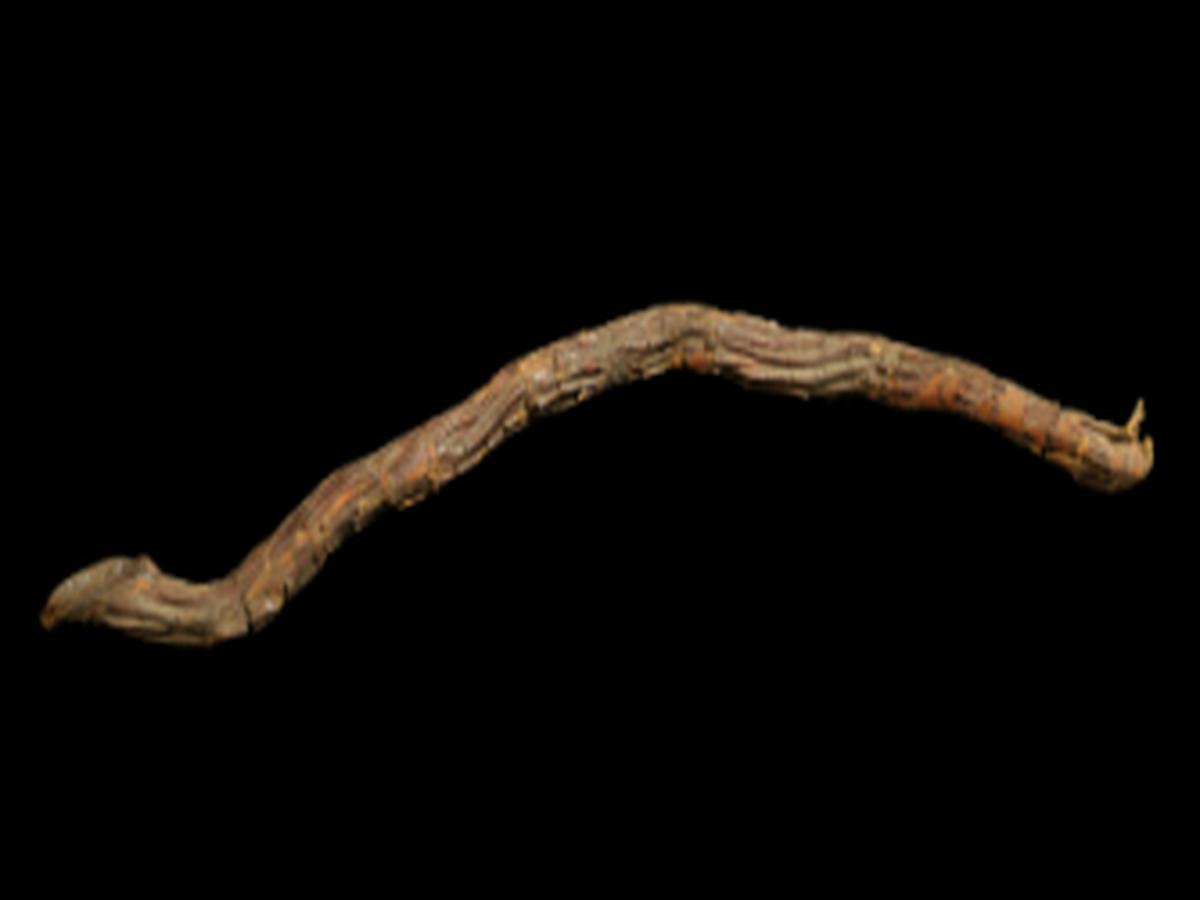State
Tribe Name
Art Type
short description
This tribe, referred to as Naga by definition, lives in the hills of Nagaland and was confined to some parts of Northeast India. These people possess a rich indigenous understanding of the forest resources, ecological wisdom, and among many of their fishing traditions, they also have one of the most exciting and inventive methods of fishing- which involves using the root of a tree as natural tackle. Its use is for poisoning water in streams to shock or kill fish. This root is usually obtained from specially toxic plants that are so esteemed in their beliefs for having piscicidal properties. This is pulverized and introduced into shallow streams or ponds. Once mixed with the water, it produces toxins by native standards in the respiratory systems of fish and causes them to float up.
Thumbnail

Filter Postion
Left
Filter Background
Off
Theme
Filter Header Image

content
Image

description
This tribe, referred to as Naga by definition, lives in the hills of Nagaland and was confined to some parts of Northeast India. These people possess a rich indigenous understanding of the forest resources, ecological wisdom, and among many of their fishing traditions, they also have one of the most exciting and inventive methods of fishing- which involves using the root of a tree as natural tackle. Its use is for poisoning water in streams to shock or kill fish. This root is usually obtained from specially toxic plants that are so esteemed in their beliefs for having piscicidal properties. This is pulverized and introduced into shallow streams or ponds. Once mixed with the water, it produces toxins by native standards in the respiratory systems of fish and causes them to float up.
This is usually really little, often minuscule amounts during short distanced sections of temporary streams, so it tends not to affect any of the aquatic systems in an overall sense in the long run. This is the real practice that has been collective or communal in a sense: Villagers, elders especially, pass on the knowledge about what roots from which trees can be used, how much is needed, and, generally, when to apply the toxic mixture, usually during dry seasons when water levels are low. Well tried, practical and longer old in experiential, sustainable living and traditional ecological knowledge. This is how fishing was done, as an extension to idealistic communion; use nature correctly, treasure resources and reject synthetics and modern tools.
This is usually really little, often minuscule amounts during short distanced sections of temporary streams, so it tends not to affect any of the aquatic systems in an overall sense in the long run. This is the real practice that has been collective or communal in a sense: Villagers, elders especially, pass on the knowledge about what roots from which trees can be used, how much is needed, and, generally, when to apply the toxic mixture, usually during dry seasons when water levels are low. Well tried, practical and longer old in experiential, sustainable living and traditional ecological knowledge. This is how fishing was done, as an extension to idealistic communion; use nature correctly, treasure resources and reject synthetics and modern tools.
Image Mode
landscape
promoted
On
Verified
Off
